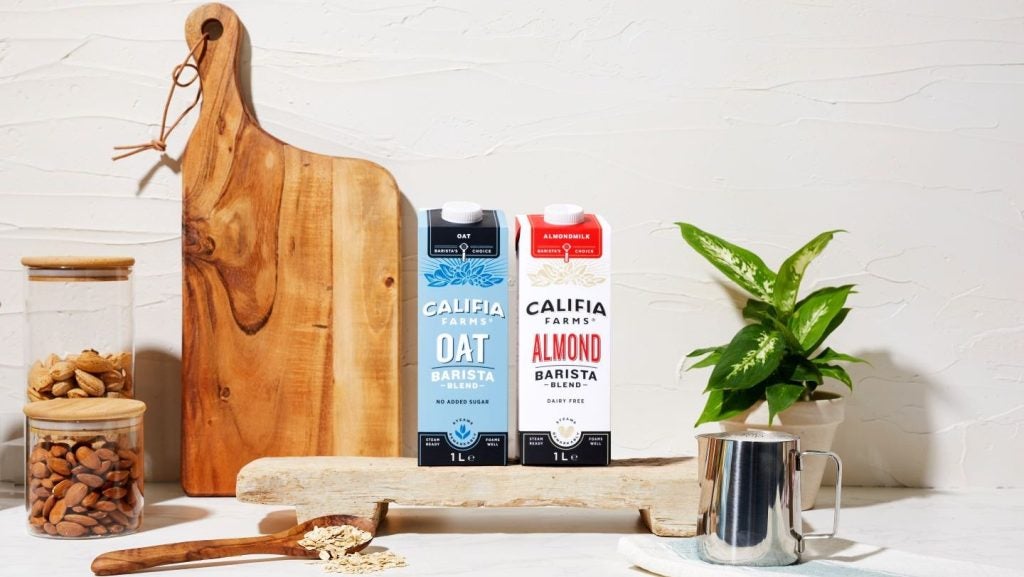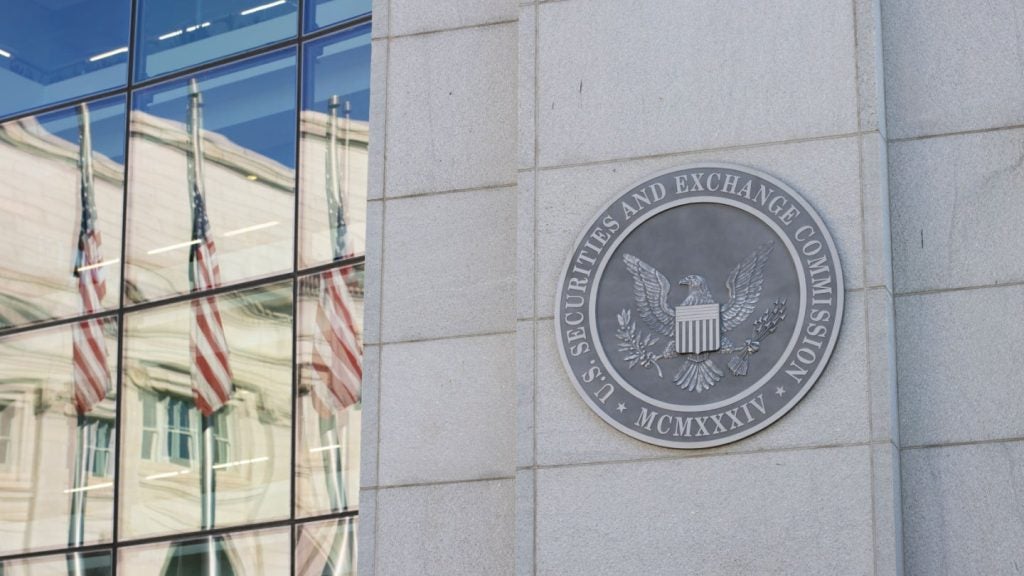 The popular budget wine, Charles Shaw, affectionately nicknamed “Two Buck Chuck”, is on the verge of celebrating the sale of its one hundred millionth bottle though its phenomenal success has attracted both plaudits and criticism from within the industry. Marlowe Hood sought out the secrets of Two Buck Chuck’s rise to fame and asks if that success can be sustained.
The popular budget wine, Charles Shaw, affectionately nicknamed “Two Buck Chuck”, is on the verge of celebrating the sale of its one hundred millionth bottle though its phenomenal success has attracted both plaudits and criticism from within the industry. Marlowe Hood sought out the secrets of Two Buck Chuck’s rise to fame and asks if that success can be sustained.
Any day now someone in the United States will purchase and drink the one hundred millionth bottle of a US$1.99 wine with an unlikely nickname and an even more unlikely history.
Launched in its current incarnation in early-2002, the Charles Shaw brand – affectionately known by consumers as “two-buck Chuck” – has already transformed the landscape of the California wine industry. It may also be changing the way Americans drink wine.
The brand’s highly unusual quality-to-price ratio “has definitely encouraged Americans to use wine on a regular basis rather than for special occasions,” notes Bill Turrentine, one of California’s largest wine brokers.
“It is spurring consumer demand,” agrees industry analyst, Jon Fredrikson, who estimates that ‘two-buck Chuck’ accounted for 15% of California wines shipped within state during the first six months of this year. “New people are coming in, moving over from beer.”
And much to the chagrin of quality California wine producers, the Charles Shaw phenomenon – taking advantage of a multi-year grape glut – has reversed a long-standing consumer trend of progressively trading up the price ladder.
How well do you really know your competitors?
Access the most comprehensive Company Profiles on the market, powered by GlobalData. Save hours of research. Gain competitive edge.

Thank you!
Your download email will arrive shortly
Not ready to buy yet? Download a free sample
We are confident about the unique quality of our Company Profiles. However, we want you to make the most beneficial decision for your business, so we offer a free sample that you can download by submitting the below form
By GlobalData“The industry wants people to think that you have to pay $15-20 for a good bottle of wine,” says Harvey Posert, a Napa-based wine consultant and spokesman for the Bronco Wine Co., which produces the Shaw wines. “This brand proves otherwise.”
Consumers may love “two-buck Chuck” but most people in the industry decidedly do not. Retailers are unhappy because clients are trading down to less expensive wines with smaller margins. Producers are unhappy because Shaw wines are eating market share and forcing prices down.
Just how Bronco has been able to bring a decent, single-varietal, California wine – notably Cabernet Sauvignon and Merlot – to market for less than two dollars a bottle is much discussed among other wine producers suffering from its impact on the market.
“There’s no secret to it, just hard work and good wine,” is all that Bronco’s notoriously reclusive owner Fred Franzia would say on the subject by phone.
But there’s a lot more to ‘two-buck Chuck’s’ success than elbow grease, starting with one of the largest and most efficient bulk wine operations in the United States. Privately held, Bronco does not release sales figures – or figures of any kind, for that matter. But analysts estimate that Bronco is California’s single-largest vineyard owner, with an estimated 25,000 to 35,000 acres, and among its largest wine producers as well. “A single owner has the farming operation, the wineries, and the distribution network,” notes Turrentine. “What’s more, he has zero sales and marketing costs.”
The Shaw wines are sold in California almost exclusively through a 200-store retail chain called Trader Joe’s, which specializes in discount gourmet foods. It was Trader Joe’s that baptized the wines as “two-buck Chuck”.
Added to these favorable conditions is California’s three-year grape glut which has in some cases pushed grape prices below production costs. Franzia apparently saw the glut coming and switched from growing to buying grapes on the open market at fire-sale prices.
Most analysts agree that this unique set of circumstances makes Bronco’s success virtually impossible to duplicate, especially taking into account thin margins.
“Trader Joe’s makes about 25 cents a bottle, and Bronco makes about 25 cents a bottle,” explains spokesman Posert. That doesn’t sound like much until one does the arithmetic: approximately $25m in profits for both the producer and the retailer.
The conventional wisdom in the industry is that the ‘two-buck Chuck’ miracle cannot last. “It is too closely tied to the grape glut,” notes E&J Gallo’s Senior Fine Wine Manager Yann Bourigault, who insists that Gallo’s business has not been affected by Bronco’s success. Gallo was until last year the largest single wine producer in the world, and remains by far the biggest player in California. Franzia is a nephew of Gallo co-founder, Ernest Gallo, but the two companies do not have any particular business relationship, according to Posert.
But other analysts disagree. “It could probably go on indefinitely, at least for another two to four years,” says Turrentine. “But the real question is do they need to keep doing it. We have moved past the worst of excess inventory” and the grape glut will taper off, he added, suggesting that Bronco could raise prices and still be hard to beat. Turrentine expects that “two-buck Chuck” could become “three-buck Chuck” sometime in the coming year.
Posert acknowledges that Bronco’s super-discount wine has wreaked havoc with mainstream brands in California, but insists that there is a silver lining for the industry. “We are building up the industry and using up the glut,” he says. “And for the first time we can ask the question: Will Americans will take on the French everyday wine drinking culture?” If they do, he suggests, two-buck Chuck will have played a role in making that happen.






